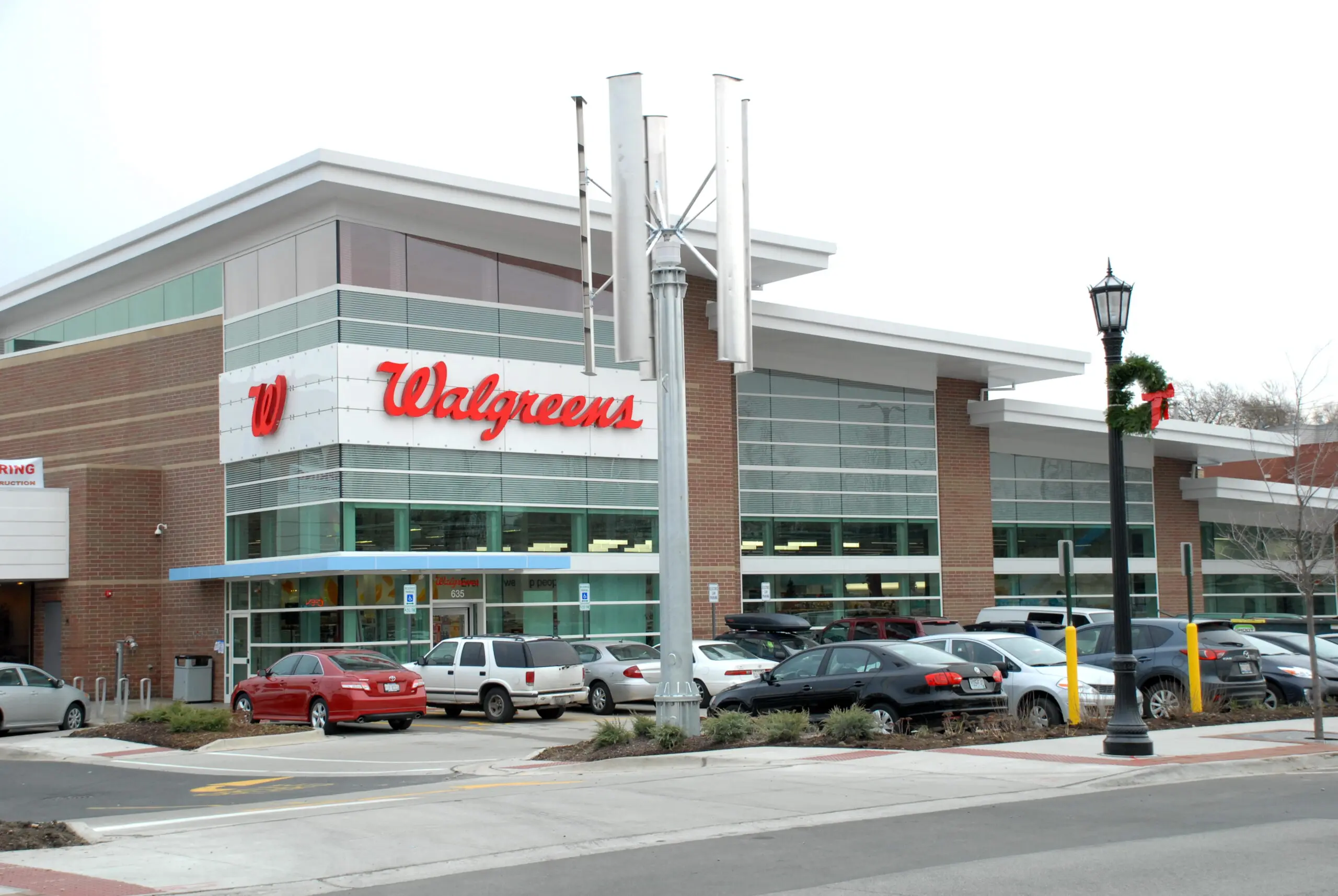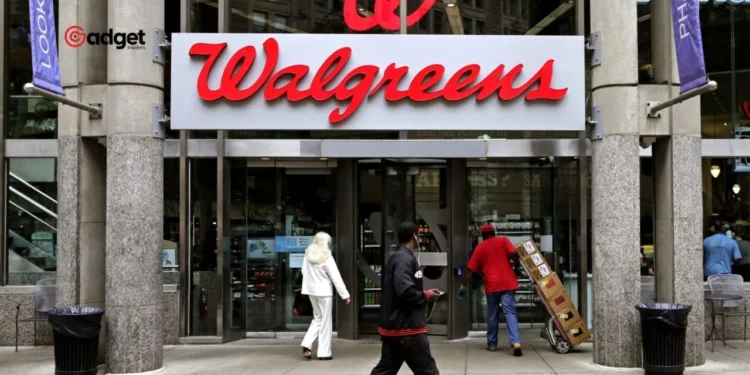In a world still adjusting to the aftermath of a global pandemic and grappling with persistent inflation, the retail landscape in America is experiencing significant shifts. One of the most notable changes this year involves the popular pharmacy chain Walgreens.
The company has announced that it will be closing 150 stores across the country in 2024, a move that signals a reevaluation of their business strategy amid challenging economic conditions.

A Closer Look at Walgreens’ Strategic Decisions
The decision to close stores does not come lightly for Walgreens. As per a statement from a company spokesperson, “We are focused on aligning our operational structure to best serve our patients and customers.
This includes an evaluation of our distribution center operations in order to streamline capacities to best support our stores.” This response highlights Walgreens’ effort to optimize its operations and adjust to the changing demands of the retail market.
However, the financial backdrop to these closures is stark. Forbes reported that Walgreens announced a quarterly net loss of $67 million in January 2024, underscoring the fiscal pressures the company is facing.
This financial downturn is part of the reason behind the restructuring efforts that led to the layoff of an estimated 646 employees earlier in the year.
'Squad Member' Ayanna Pressley Accuses Walgreens of 'Racial and Economic Discrimination' in Store Closures
'Walgreens is a multi-billion-dollar corporation that needs to put their money where their mouth is and stop divesting from Black and brown communities.' pic.twitter.com/jJGjgb8cbs
— Unlimited L's (@unlimited_ls) February 1, 2024
Factors Behind the Store Closures
The reasons for closing specific locations are multifaceted. In a statement regarding a store closure in the St. Louis area, a Walgreens spokesperson shared, “When faced with the difficult decision to close a location, several factors are taken into account, including our existing footprint of stores, dynamics of the local market, and changes in the buying habits of our patients and customers, among other reasons. This location’s closure is due to unsustainable business performance.”

It’s clear that Walgreens is targeting its most underperforming stores for closure. The company is aware of the potential impact on local communities, acknowledging, “We know that our customers and patients rely on our stores and trust our team members for their healthcare needs. And, when we must close a store, it affects them and their community. Our priority is to ensure a smooth transition for our customers and team members during this time.”
The Broader Implications
The closures are a microcosm of the broader challenges facing the retail sector in America. They reflect not only the economic pressures from post-pandemic recovery and inflation but also shifts in consumer behavior and the competitive landscape of the retail industry. As traditional retail continues to adapt, the future of chains like Walgreens will hinge on their ability to innovate and respond to the evolving needs of their customers.

Conclusion
The decision by Walgreens to close 150 stores is a significant move that reflects broader trends in the retail industry. While it presents challenges, it also opens up opportunities for restructuring and realignment with the current economic climate and market demands. As the landscape continues to evolve, Walgreens’ adaptability will be crucial in maintaining its role as a key player in the American retail sector.










